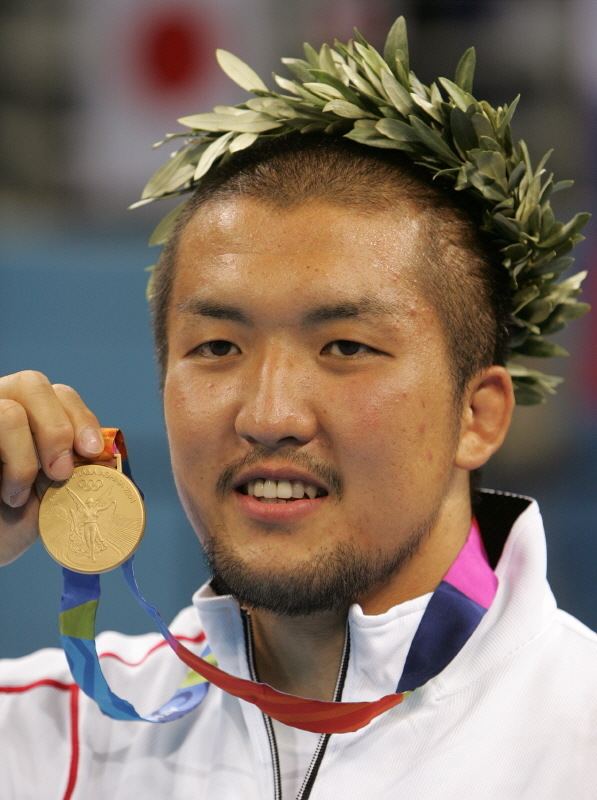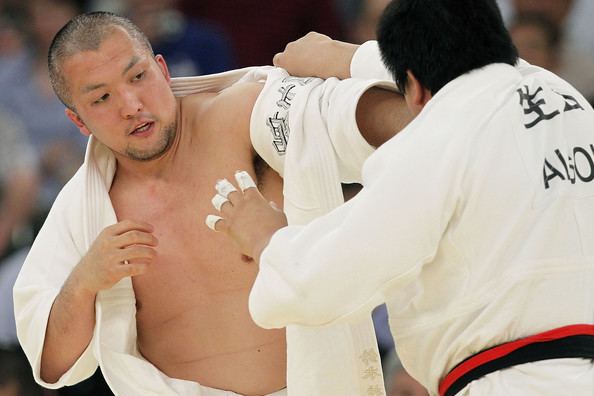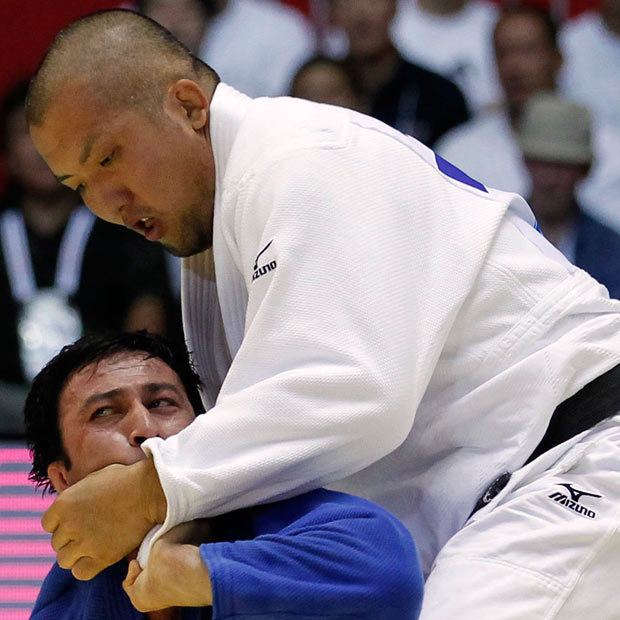Native name 鈴木敬司 Years of service 1918–1945 Coach Hitoshi Saito Weight 105 kg | Role Olympic athlete Died 1967 Name Suzuki Keiji Alma mater Kokushikan University | |
 | ||
Nickname(s) "Japanese Lawrence of Arabia""Thunderbolt Commander" Olympic medals Judo at the 2004 Summer Olympics - Men's Heavyweight (+100 kg) Similar People Kosei Inoue, Tamerlan Tmenov, Dennis van der Geest, Indrek Pertelson, Tadahiro Nomura | ||
Suzuki Keiji (鈴木敬司, February 6, 1897-September 20, 1967) was a Japanese army intelligence officer during the Second World War. Operating primarily in Burma, he helped form the Burma Independence Army and was an advocate for Burmese independence, described as a "Japanese Lawrence of Arabia". The Burmese refererred to him by the nom de guerre Bo Mogyo, meaning "Thunderbolt Commander". However, his mission ultimately laid the groundwork for the Japanese occupation of Burma. Despite his commitment to Burmese Independence, Suzuki was opposed to the independence of Korea.
Contents

Training

Suzuki was trained at the Imperial Japanese Army Academy and graduated as an infantry officer in 1918. He subsequently attended the General Staff College and in 1929 began clandestine operations in the Philippines. His main focus, in both his studies and early career, was Anglo-American affairs. Suzuki's official military position was the Head of the General Staff Headquarters' Shipping Section. However, he was trained at the Rikugun Nakano Gakkō and was secretly an intelligence agent charged with disrupting Allied activities in Asia by shutting down supply lines on the Burma Road.
Operations

In the 1930s, Suzuki, operating out of Bangkok, recruited a number of Burmese dissidents and radicals. His network of associates would later become the nucleus of the Minami Kikan (南機関) underground spy organisation. He was closely connected with the Thakins, a nationalist group of students and labourers. In 1940, he secretly entered Rangoon with assistance from his network of contacts, posing as a reporter named Minami Masuyo.

In 1941, Japanese Imperial general Headquarters authorised Suzuki to create a Burmese military force under Japanese authority. He drew together the Thirty Comrades, a group of independence fighters which included Aung San, Ne Win and Bo Let Ya. Suzuki's work eventually led to the creation of the Burmese Independence Army. However, in 1942 a Japanese Army commander, Lieutenant-General Shijiro Iida, became concerned over Suzuki's pro-independence stance and authority over the Burmese Independence Army. He orchestrated Suzuki's recall to Japan, and the Burmese Independence Army was subsequently reorganised and placed under the direction of Aung San (himself under the control of the Japanese). Suzuki returned to Tokyo, and for the rest of the war fulfilled the duties of his official role as Head of Shipping by overseeing transport and logistics.

Suzuki had a flair for the dramatic. His chosen Burmese name, Bo Mogyo, was a references to the thunderbolt which Burmese folk tradition held would destroy the "umbrella" (a symbol of British colonial rule). He also allowed rumours to develop connecting him to Myingun Min, a prince of the exiled Burmese royal family, and engaged in cultish blood-drinking oaths with his companions.
After his death in 1967, Suzuki was posthumously honoured by the Burmese leader Ne Win.
